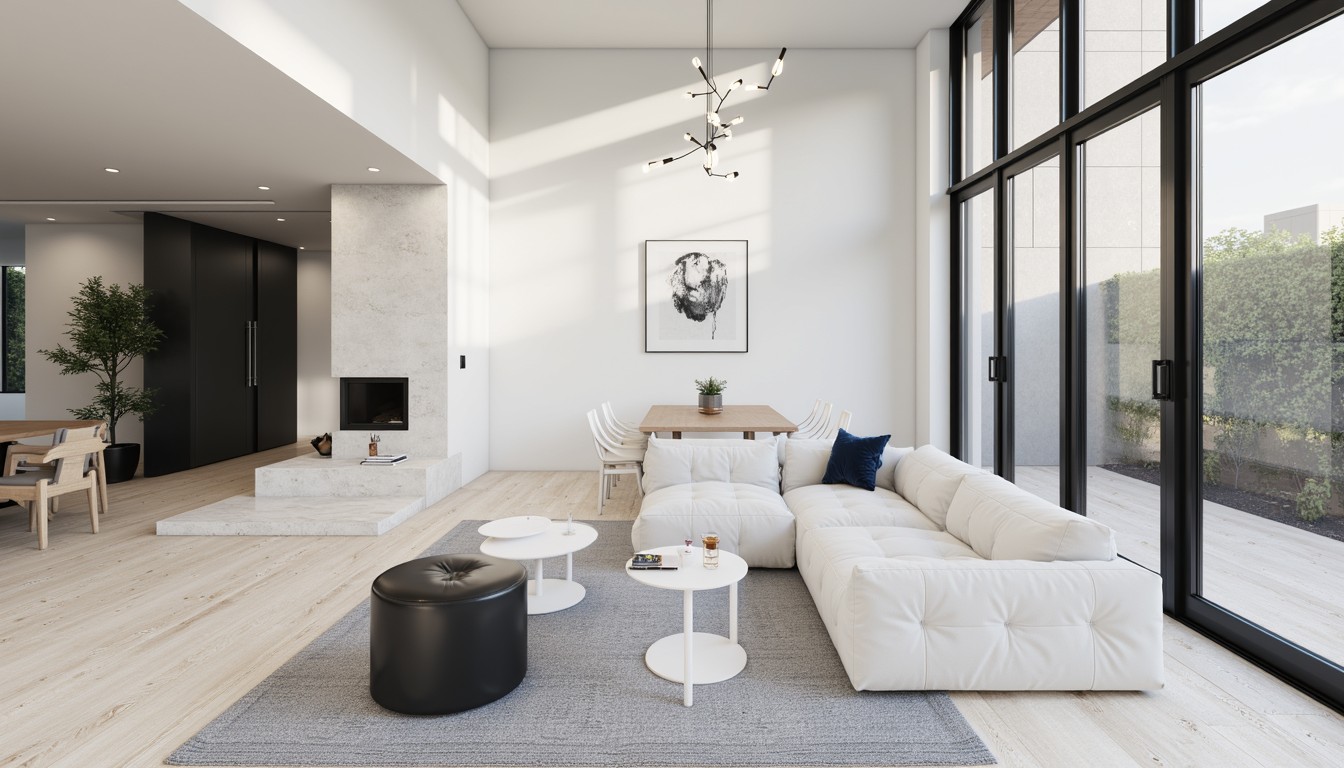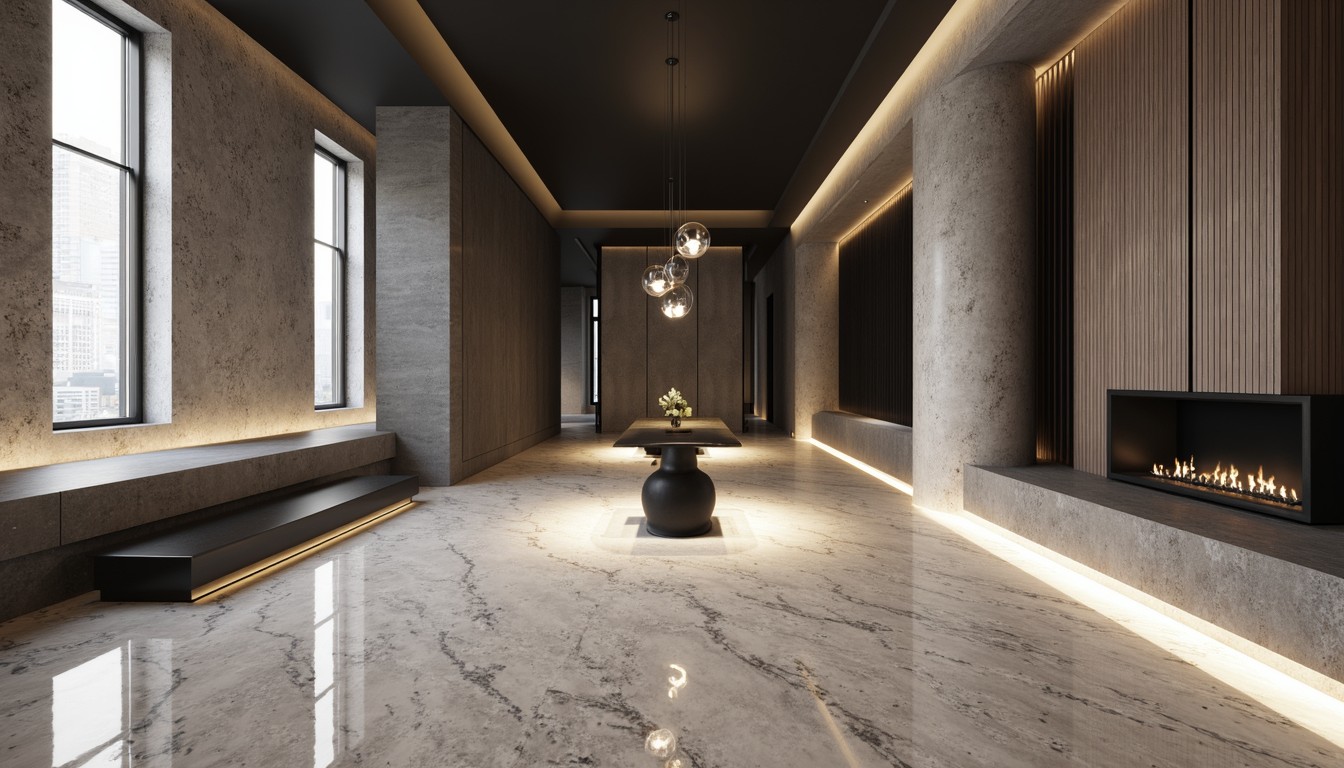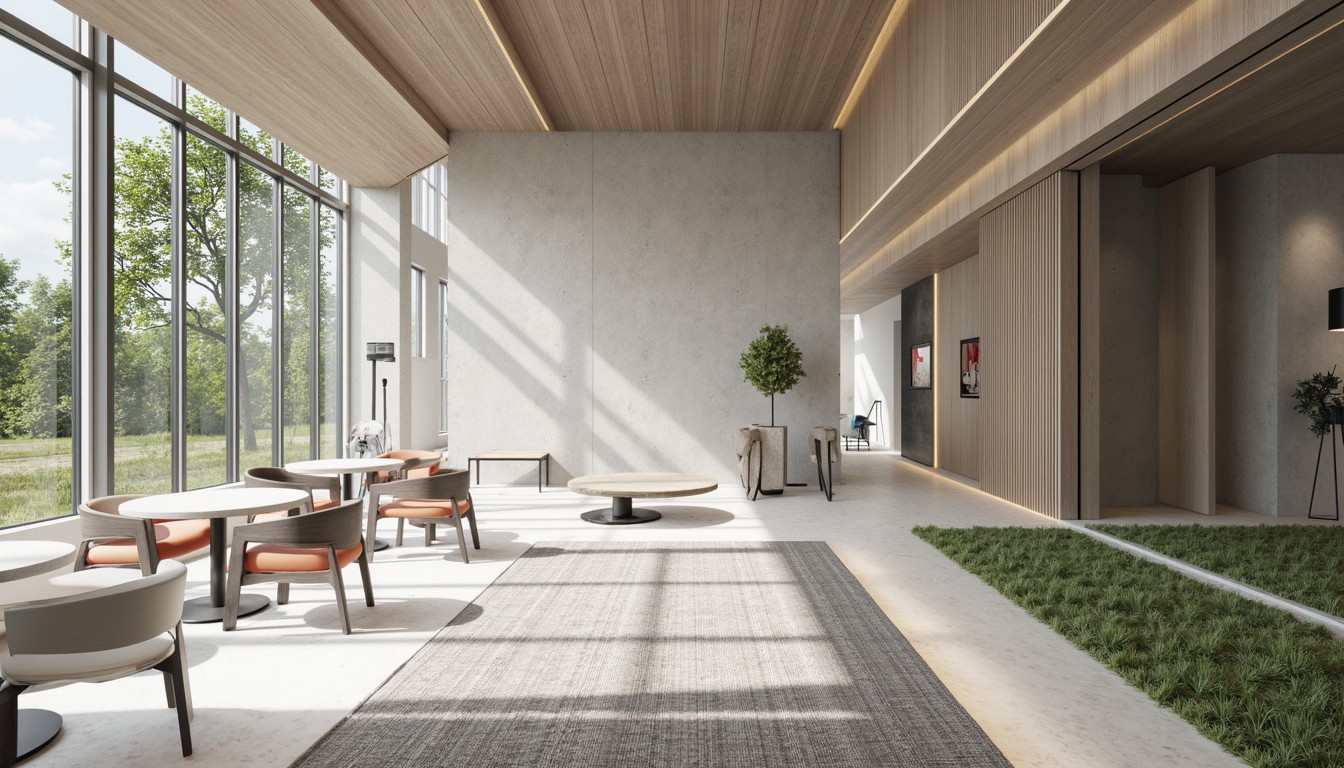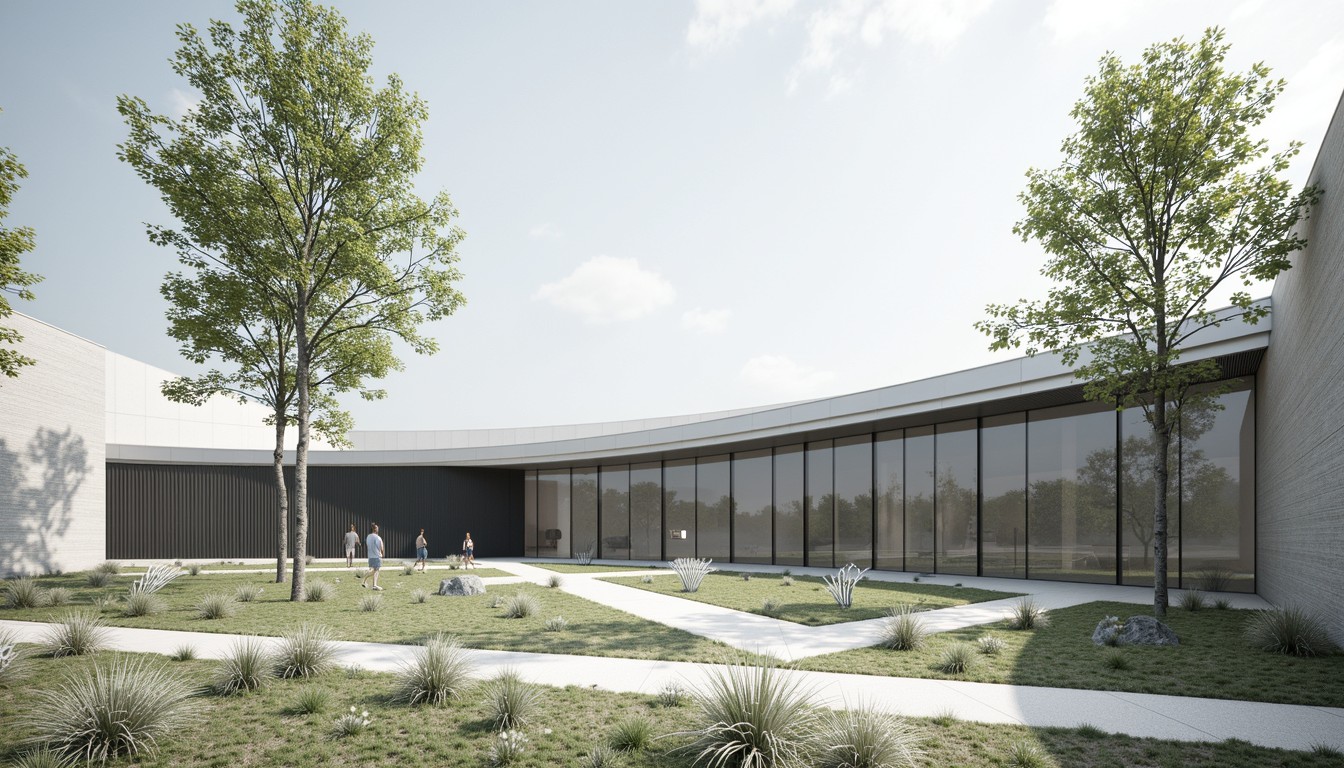Immersive Design: Revolutionizing Architecture with VR & AR
The architectural landscape is undergoing a dramatic transformation, driven by the convergence of innovative technologies and evolving client expectations. At the forefront of this revolution are Virtual Reality (VR) and Augmented Reality (AR), two powerful tools reshaping how architects design, visualize, and collaborate on projects. ArchNav is at the cutting edge of this exciting development, offering unparalleled immersive experiences that redefine architectural visualization.
Understanding the Power of VR in Architecture

Virtual Reality offers an unparalleled level of immersion, transporting users into a fully realized digital replica of a building or space. Architects can utilize VR headsets to walk through their designs, experience the scale and proportions firsthand, and identify potential design flaws before construction even begins. This level of interaction goes beyond static renderings; it's about experiencing the space as if it were already built.
Real-world applications of VR in architecture include:
- Early-stage design exploration: Quickly iterate on design concepts and test different layouts and materials in a virtual environment.
- Client presentations: Provide clients with an unforgettable and engaging experience, allowing them to "walk through" their future home or office before a single brick is laid.
- Design collaboration: Facilitate remote collaboration by allowing team members from different locations to simultaneously explore and discuss the design in a shared VR space.
- Construction planning and site analysis: Visualize the construction process and identify potential logistical challenges before they arise.
- Space planning and furniture placement: Experiment with furniture arrangements and optimize the use of space with ease.
Augmented Reality: Bridging the Digital and Physical Worlds

While VR immerses users in a completely digital environment, Augmented Reality (AR) overlays digital information onto the real world. In architecture, this translates to the ability to visualize a proposed building on an existing site, or to see how furniture would look in a space before purchasing it. This technology offers a unique blend of the real and the virtual, enhancing the design process and communication with clients.
Practical applications of AR in architecture include:
- Site visualization: Overlay 3D models of buildings onto real-world locations using a tablet or smartphone, allowing clients to see how a design would integrate into its surroundings.
- Interior design: Use AR apps to visualize furniture and decor in a space before purchasing, ensuring a cohesive and aesthetically pleasing design.
- Interactive walkthroughs: Create AR experiences that guide users through a building, providing information about its features and functionality.
- Construction monitoring: Overlay digital blueprints onto a construction site to track progress and identify potential discrepancies.
- Heritage preservation: AR can be used to reconstruct historical buildings or sites, providing valuable insights into their past.
The Benefits of Immersive Design Technologies
The integration of VR and AR in architecture offers a multitude of advantages, including:
- Improved design quality: Early detection of design flaws and improved collaboration leads to higher-quality designs.
- Enhanced client engagement: Immersive experiences create a memorable and engaging client experience, boosting satisfaction and approval rates.
- Reduced costs: Early problem identification and improved communication minimize costly rework and delays.
- Increased efficiency: Streamlined workflows and improved collaboration enhance efficiency throughout the design process.
- Better communication: VR and AR provide a common platform for communication between architects, clients, and contractors.
ArchNav: Your Partner in Immersive Architectural Visualization

At ArchNav, we understand the transformative power of VR and AR in architecture. We leverage these technologies to deliver exceptional architectural visualizations that exceed expectations. Our team of experienced professionals combines artistic talent with cutting-edge technology to create immersive experiences that help architects and clients alike visualize and understand their projects in unprecedented detail.
We offer a comprehensive range of services, including VR walkthroughs, AR site visualizations, interactive 3D models, and more. Our commitment to innovation and quality ensures that your project receives the attention and detail it deserves. Contact us today to learn how ArchNav can help you revolutionize your architectural visualization process.
The Future of Immersive Design
The future of immersive design in architecture is bright. As technology continues to evolve, we can expect even more realistic and interactive experiences. The integration of AI, advanced rendering techniques, and haptic feedback will further enhance the immersive capabilities of VR and AR, leading to even greater design innovation and collaboration.
